Classic Motorcycle Projects
Article by Mark Trotta
If you're looking for a classic motorcycle project, you've got plenty of great choices! There's cruisers, sport bikes, touring bikes and customs. And the build can be factory stock, cafe racer, old-school bobber, scrambler, or a custom build from mild to wild.
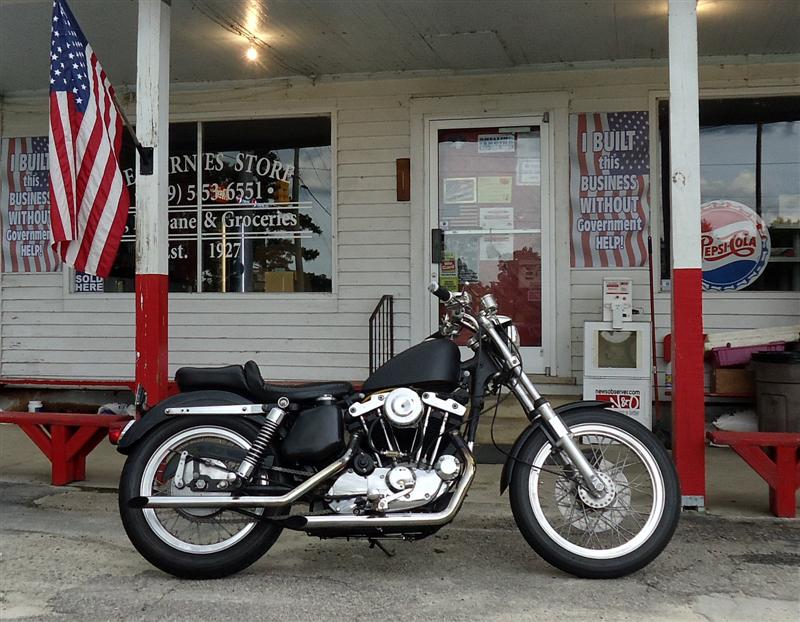
To help you decide what is the best choice of classic bike, think about what you're really after.
Do you want to ride it, race it, or show it?
Are you limited to a budget? Most of us are.
_________________________________________________
_________________________________________________
Using initial price and parts availability as perimeters, the following is a selection of classic American, British, Japanese, and European motorcycles best suited for a DIY project.
Japanese Motorcycles
Vintage Japanese motorcycles are the most plentiful and affordable classic bikes. Out of the hundreds and thousands that were made, most years and models are still very affordable.
Japanese bikes came into prominence in the late sixties, and you probably won't find many of those. Machines from the 1970s and 1980s bikes are the most common.
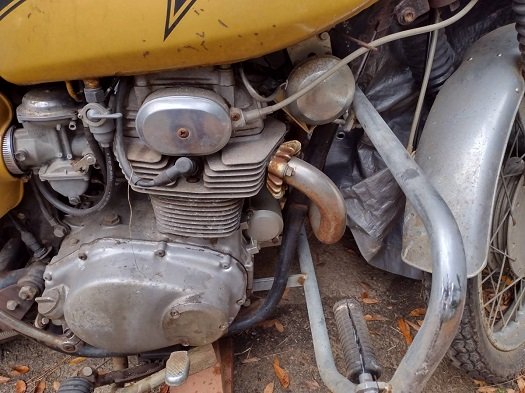
Parts for vintage Japanese bikes are more affordable and more plentiful than American, British, and European motorcycles. The majority of engines (and there are many types and sizes) are reliable and easy to work on.
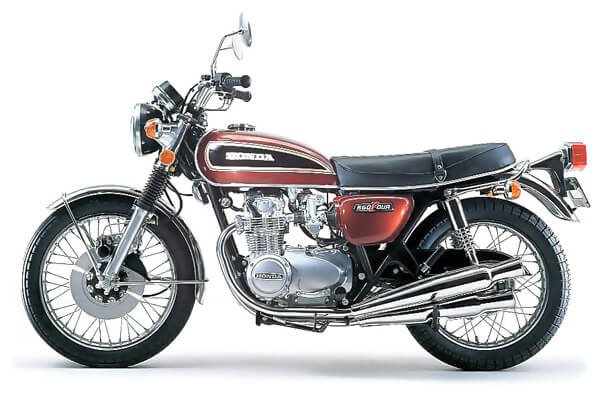
For a street-driven bike, look for one 350cc or bigger. Models with disc brakes and spoked wheels are always more desirable.
Honda CB Series
One of the most popular project motorcycles today are Honda CB's, which include the CB400F, CB500T, CB500-4, CB550, CB750, and others. A ton of these bikes were built, and project bikes in various stages of completion always seem to be on the market.
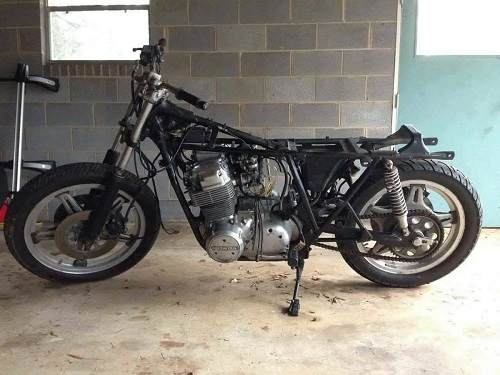
The bigger CB models (CB550 and CB750) are the most sought after, making them more expensive than others, but the parts are still cheap and the engines are easy to work on. And because of their popularity, there's a large selection of aftermarket products.
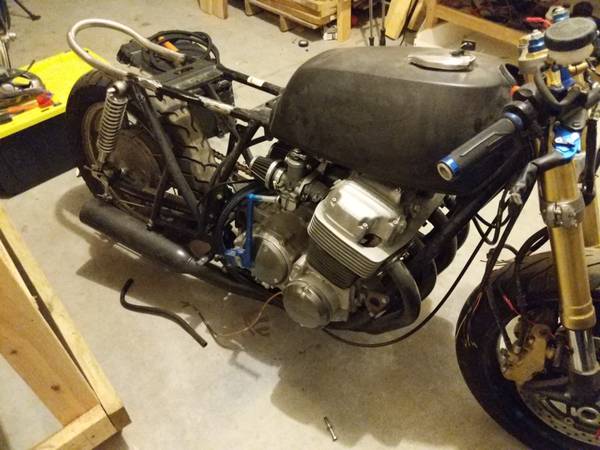
Other Honda street bikes worthy of consideration are early Gold Wings, Super Hawks, and CX500/GL500 models.
Yamaha XS Models
The XS650 engine was essentially a re-engineered British twin, and has proven itself to be ultra reliable. A lot of these bikes were produced, and just like the Honda CB's, plenty of aftermarket parts are available.
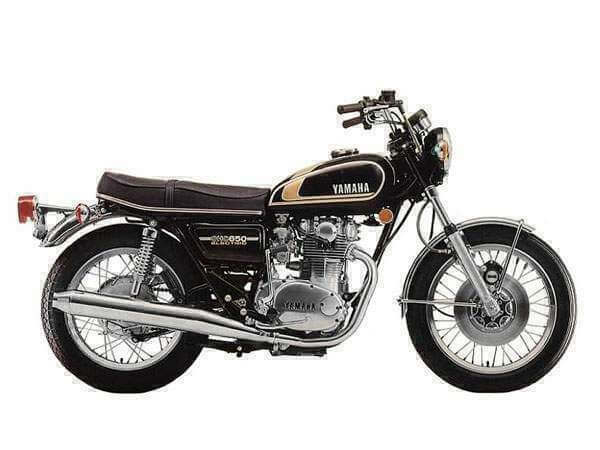
One area of concern on these bikes is the electrics. Yamaha XS models between 1968 and 1985 had quite a few different electrical systems. Unless you're willing to replace the whole system, diagnosing and finding replacement parts for these could prove challenging.
_________________________________________________
_________________________________________________
Yamaha also produced XS750 and XS850 Triples.
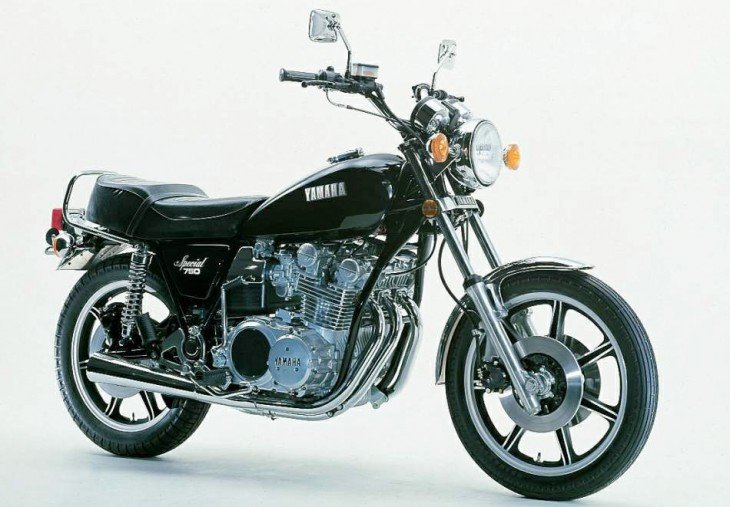
Read: Yamaha XS750 and XS850 Triples
*****************************
Kawasaki Z-Series
Not as common as Honda CB models or Yamaha XS models, Kawasaki Z-bikes were, and still are, fun and fast bikes.
Kawasaki Z1
Introduced in 1972, the Z1 was the first large-capacity four-cylinder motorcycle to feature double-overhead-camshafts on a production motorcycle. It was marketed as the Z1-900, 900 Z1, and 900 S4 ("Super Four"). Complete with full instrumentation and an electric start, the Z1 produced 82 horsepower and capable of speeds in excess of 125 mph.
Kawasaki KZ650
Designed as a middleweight version of the Z1, the Kawasaki Z650 (sold in North America as KZ650) featured a 652cc DOHC inline-four, rated at 64 horsepower. Production ran from 1976 through 1983.
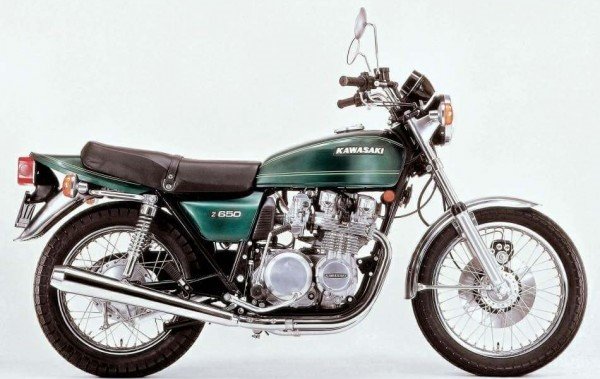
Read: Kawasaki KZ650 Check Valve Clearance
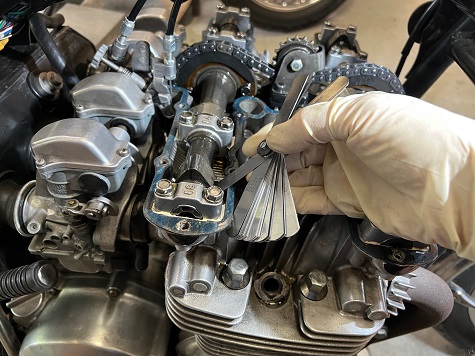
Read: Kawasaki KZ650 Adjust Valve Clearance
By 1983, Kawasaki replaced all KZ series bikes with their GPZ models, which soon dominated sport bike sales.
*****************************
Classic British Motorcycles
I don't want to talk anyone out of restoring a British motorcycle, but I've built a few myself, so I know first-hand the difficulties involved.
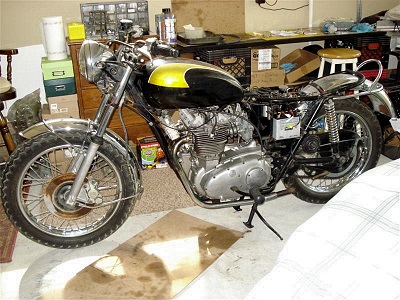
Read: 1974 Triumph Trident Build
Good, original parts for British bikes are hard to come by, and many specialty tools are needed. And then there's the Whitworth thing.
Whitworth Tools
Japanese and European bikes use metric tools, American made bikes use standard (fractional) tools, and vintage British motorcycle use both standard and Whitworth tools. These are often confused for, but not the same as, fractional or metric sizes.
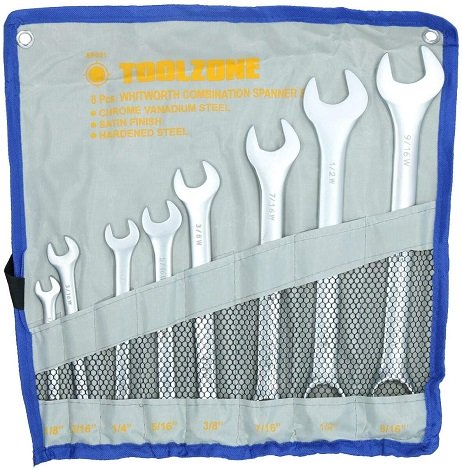
Read: What Are Whitworth Tools?
If you want to rebuild/restore a vintage British bike, it'll be more time-consuming and more costly than other classic bikes. The only way to stay ahead money-wise is to do as much work as you can yourself.
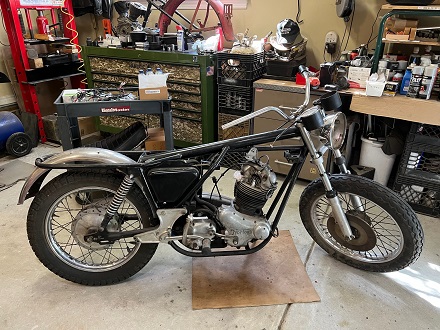
Read: Norton Commando Build
*****************************
BMW Boxer Twins
The BMW boxer-twin is popular with motorcycle builders for several reasons, including simple design, reliability, and ease of maintenance. And since opposed-cylinder motorcycles have now been around for over a century, they are nostalgic looking.
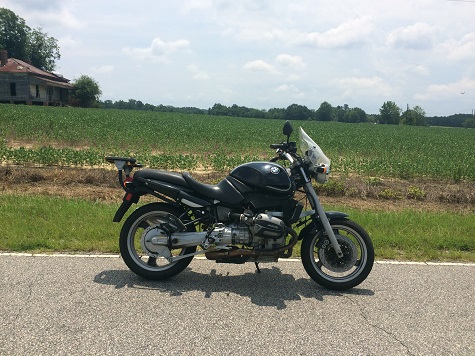
BMW Oilhead (1994-present)
The R-series BMW's (Oilheads) are an updated version of the original boxer twins. Like all Airhead's, they are shaft-driven, which require less maintenance than most other types of motorcycles. The R-Series bikes are tourqey and have a low center of gravity.
Read: BMW R1100R Review By Owner
*****************************
Harley Shovelhead
The demand for Harley Shovelheads was always high, and it still is. This makes good examples with original matching parts expensive.
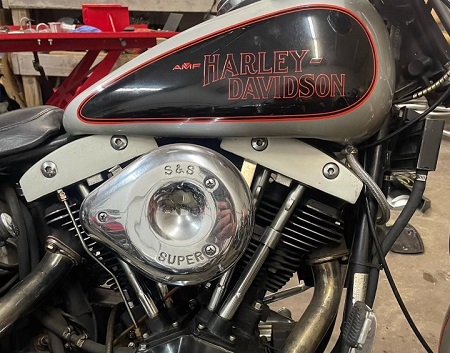
I've looked at and turned down a dozen or so Shovelhead project bikes. Owners always want top dollar and rarely negotiate, even with basket case projects!
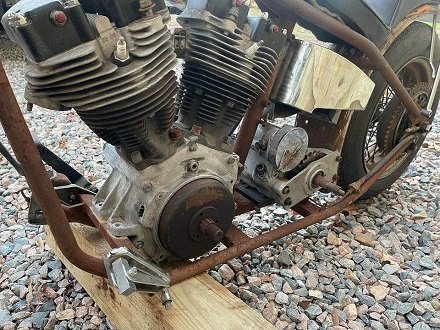
*****************************
Iron Sportster
Produced by Harley-Davidson from 1957 to 1985, Ironhead Sportsters have been the basis for choppers, bobbers, cafe racers, drag bikes, flat trackers, scramblers, hill-climbers, fully-faired track bikes, and even trikes. They're still the cheapest Harley V-twin to be had, and parts are relatively easy to find.
Read: Ironhead Sportster Project
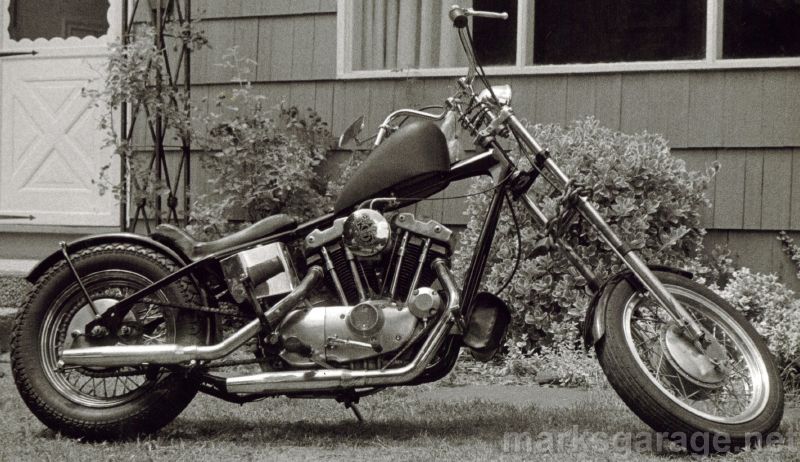
Like British bikes, good, original parts for old Sportsters are hard to find and expensive to buy, and many specialty tools are needed. Any needed engine or transmission work may not be cheap or easy.
*****************************
Should I Buy A Project Motorcycle That Doesn't Run?
Here's the long answer. You won't know all that a project bike needs until you've got the entire bike disassembled. And at that point, you've already a lot of time and effort, so depending on what you find, it can be daunting.
A seller will often say, "it just needs a tune-up" or "the carbs need to be rebuilt". Always assume they're lying, or that they truly just don't know. At a minimum, check to see if the motor turns over.
Since you don't know what it will need to get it running, the only justification for buying a non-running bike, is that the price is right. Another way to look at it is, you're buying the bike for parts.
Conclusion
The easiest and most fun project motorcycles are the ones that run and have current registration.
But it's a good feeling to take an old abandoned motorcycle and bring it back to life. The feeling you get is like no other.
*****************************
Related Articles: